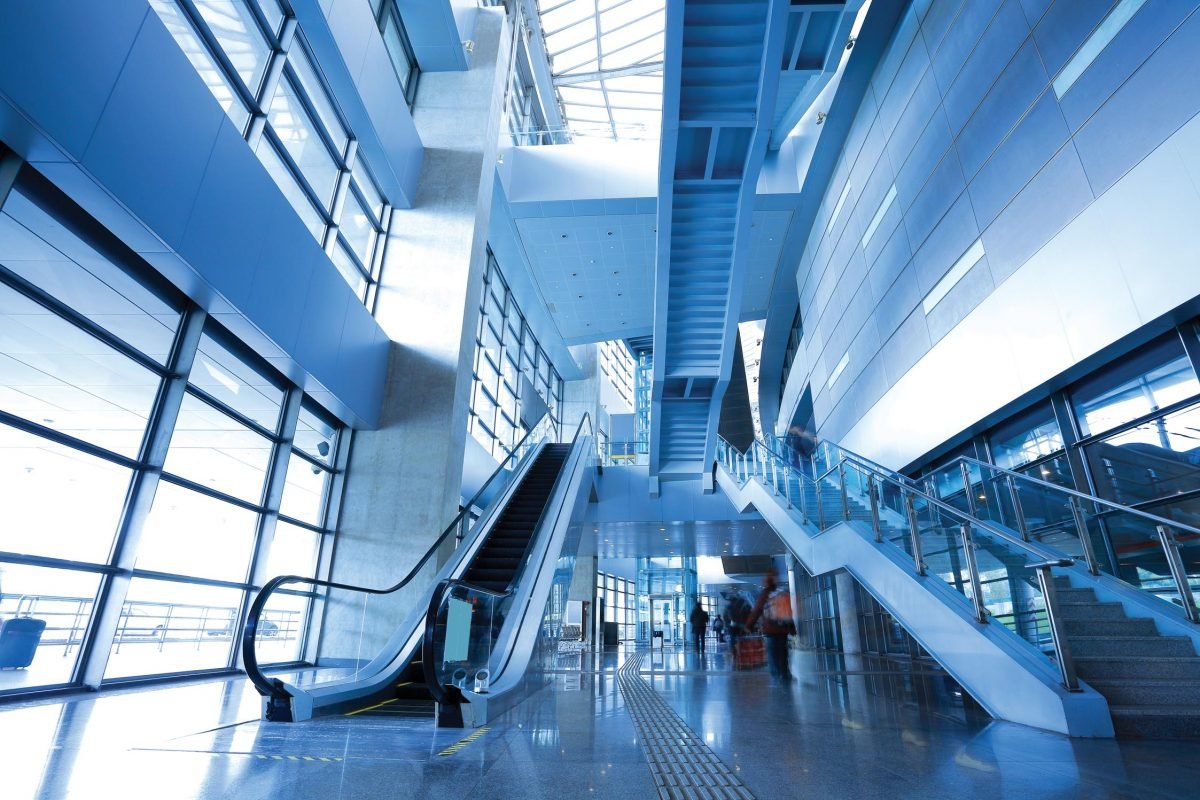
Innovative Vertical Transport Solutions: Circular Lifts in Construction
As the construction industry evolves, there is a growing demand for innovative design and space-saving technologiesespecially in vertical transport systems. One such advancement gaining attention in modern architecture and engineering is the use of circular lifts. These lifts combine functionality with aesthetics, offering a unique solution for both residential and commercial buildings.
Table of Contents
ToggleWhat Are Circular Lifts?
Circular lifts, also known as panoramic or cylindrical elevators, are vertical transport systems designed with a round or curved structure. Unlike traditional square or rectangular lifts, these elevators often feature transparent glass walls, a minimal footprint, and sleek, modern styling. They are commonly installed in luxury residences, hotels, malls, and office buildings where visual appeal and space optimization are key priorities.
From a construction perspective, circular lifts present unique design and installation challenges—but also significant benefits. Their self-supporting shafts can often be installed with minimal structural alteration, making them suitable for retrofit projects as well as new builds.
Advantages in Construction Projects
One of the main advantages of circular lifts is their ability to enhance architectural design. Their shape and materials allow them to become a focal point within a building, adding sophistication and modern appeal. This makes them especially popular in high-end construction projects where design is as important as function.
Beyond aesthetics, circular lifts also offer practical benefits. Their compact design makes them ideal for buildings with limited floor space. Many models are gearless and use pneumatic or traction systems, which reduce the need for machine rooms and lower energy consumption. Additionally, they are often quieter and smoother in operation compared to conventional elevators, contributing to a more pleasant user experience.
Considerations for Implementation
Installing circular lifts requires precise planning during the design and engineering phases. Since they differ from traditional elevator systems, the construction team must consider custom shaft dimensions, structural support, and access to power systems. Coordination with manufacturers and early integration into the architectural plan are crucial for successful implementation.
Furthermore, safety standards and accessibility requirements must be carefully addressed. Circular lifts must comply with local building codes and elevator regulations, which may vary depending on the project’s location and intended use.
In the world of modern construction, circular lifts offer a blend of innovative design, efficiency, and elegance. They are an ideal choice for developers looking to make a visual statement without sacrificing space or performance. As building design continues to push creative boundaries, these lifts are set to become a more common feature in cutting-edge architectural projects.

Michelle Joe is a blogger by choice. She loves to discover the world around her. She likes to share her discoveries, experiences, and express herself through her blogs.






